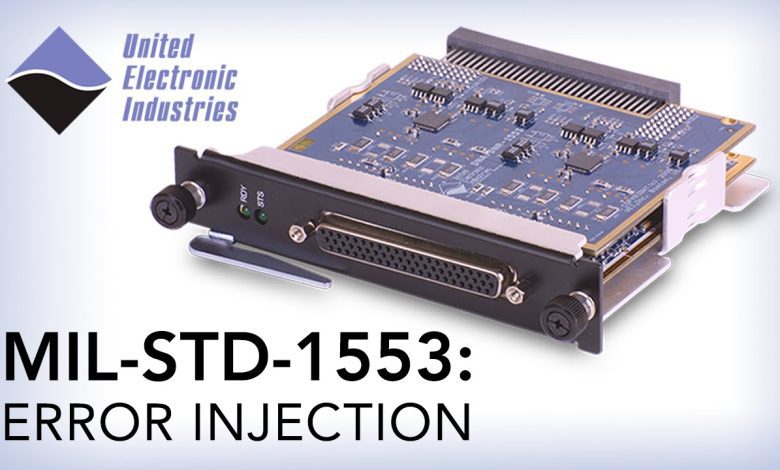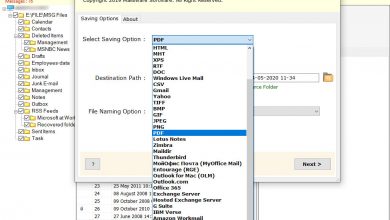MIL-STD-1553B: A Comprehensive GuideIntroduction

MIL-STD-1553B, commonly known as MIL-1553B, is a military standard that defines the mechanical, electrical, and functional characteristics of a serial data bus.
This standard is widely used in military and aerospace applications to ensure reliable communication between various subsystems in avionics and space systems.
The 1553 data bus standard was developed by the United States Department of Defense and has become a cornerstone in the design and implementation of mission-critical systems.
Historical Context
The development of MIL-STD-1553 began in the early 1970s with the goal of standardizing data communication for military avionics.
The initial version, MIL-STD-1553A, was released in 1975, but it had several limitations that necessitated improvements. Consequently,
MIL-STD-1553B was introduced in 1978, addressing the shortcomings of its predecessor and establishing a robust and reliable framework for data communication.
Key Features of MIL-STD-1553B
1. Dual Redundant Architecture:
– MIL-STD-1553B employs a dual-redundant architecture, meaning that two separate data buses are used to ensure continuous operation in case one bus fails.
This redundancy enhances the reliability and fault tolerance of the system, which is critical for military and aerospace applications.
2. Data Bus Characteristics:
– The standard specifies a balanced, transformer-coupled, time-multiplexed serial data bus.
This design minimizes electromagnetic interference and ensures signal integrity over long distances.
3. Data Transfer Rate:
– The data transfer rate is 1 megabit per second (Mbps). While this may seem low compared to modern communication standards, it is sufficient for the deterministic and low-latency requirements of military and aerospace systems.
4. Message Formats:
– MIL-STD-1553B defines three primary message formats: Command, Data, and Status. These messages are used for communication between the bus controller and remote terminals.
5. Bus Controller and Remote Terminals:
– The data bus architecture includes a single bus controller (BC) and multiple remote terminals (RTs).
The BC is responsible for managing bus traffic, while RTs are subsystems that send and receive data.
6. Error Detection and Fault Isolation:
– The standard incorporates error detection mechanisms, such as parity checks and cyclic redundancy checks (CRC), to ensure data integrity.
Fault isolation procedures are also defined to quickly identify and isolate faulty components.
Implementation and Applications
Avionics
In avionics, MIL-STD-1553B is used to connect various subsystems, such as navigation, flight control, weapon systems, and communication systems.
Its deterministic nature ensures timely and reliable data exchange, which is critical for the safety and effectiveness of military aircraft.
Space Systems
MIL-STD-1553B is also widely used in space systems, including satellites and spacecraft.
Its robust design and fault tolerance make it suitable for the harsh environment of space, where reliability is paramount.
Ground Vehicles and Naval Systems
Beyond avionics and space, MIL-STD-1553B is implemented in ground vehicles and naval systems. Its standardized communication protocol enables interoperability and simplifies maintenance and upgrades.
Advantages of MIL-STD-1553B
- Reliability: The dual-redundant architecture and robust error detection mechanisms ensure high reliability, even in harsh environments.
- Interoperability: Standardization facilitates interoperability between different subsystems and equipment from various manufacturers.
- Deterministic Communication: The time-multiplexed nature of the data bus ensures deterministic communication, which is crucial for real-time control systems.
Challenges and Limitations
- Data Rate: The data transfer rate of 1 Mbps may be insufficient for modern high-bandwidth applications, necessitating the use of additional communication standards or higher-speed variants.
- Complexity: The implementation of MIL-STD-1553B can be complex and requires specialized knowledge and equipment.
Future Trends
As technology advances, there is ongoing research and development to enhance the capabilities of MIL-STD-1553B.
Higher-speed variants, such as MIL-STD-1553C, are being explored to meet the increasing data demands of modern military and aerospace systems.
Additionally, there is a trend towards integrating MIL-STD-1553B with other communication standards to leverage the strengths of multiple protocols.
Conclusion
MIL-STD-1553B remains a vital standard in military and aerospace communications.
Its reliability, fault tolerance, and deterministic nature make it indispensable for mission-critical applications.
While it faces challenges due to its relatively low data rate, ongoing advancements and integration with other standards ensure that MIL-STD-1553B will continue to play a crucial role in the future of military and aerospace systems.





